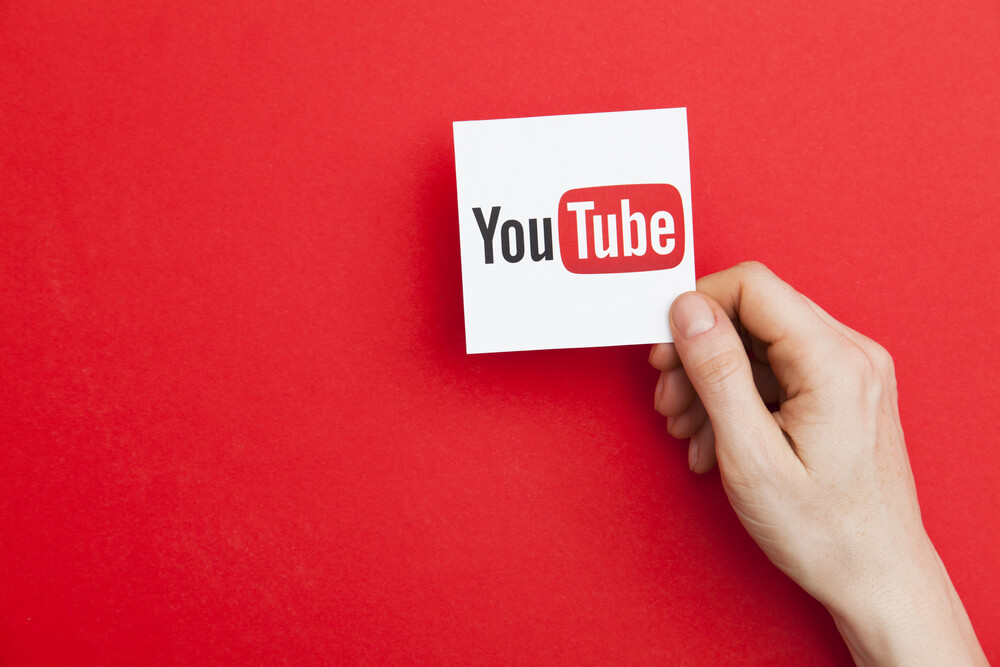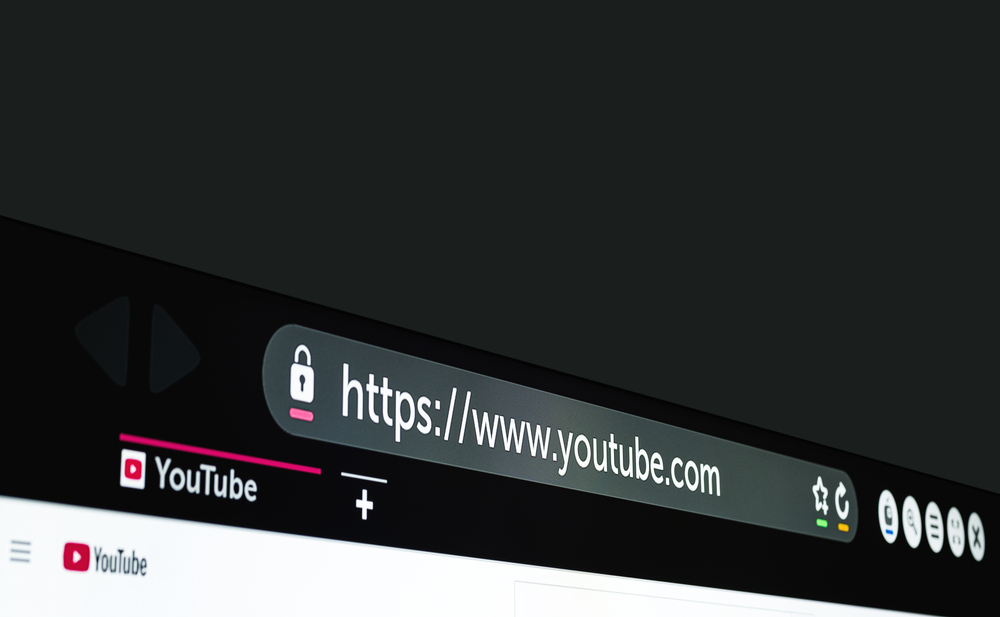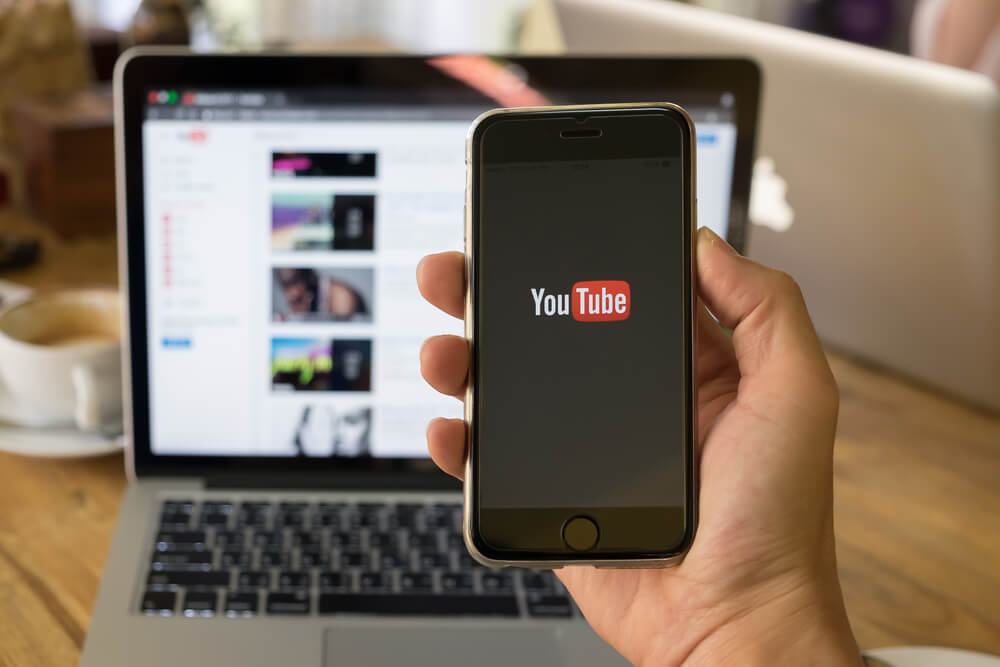
Brilliant but Simple YouTube SEO Tactics
If your company puts videos on YouTube, then you need to know about SEO for YouTube. This area of digital marketing is not touched on as often as, for example, SEO ranking on Google. Here we’ll share with you some important tips about using YouTube to your company’s best advantage and improving its SEO on YouTube.
If you prefer to outsource your SEO function for better results, then be sure that the SEO agency you choose has experience working with YouTube, because it’s a niche that few agencies focus on.
Want to learn more about the Digital Authority Partners approach to SEO? Watch this video!
What Is YouTube SEO?

When a YouTube user enters a search term into the platform, they see a list of results related to that search term. YouTube SEO is about linking your content to specific search terms and getting your video listed as high as possible in search results.
This applies to your playlists, your videos, and your channel. Any of the content that you have created and published can be optimized.
YouTube SEO: Keywords
As with more mainstream search engine optimization, one of the first steps that you need to take to improve your YouTube rankings is keyword research. What are your ideal viewers actually searching for? Can you link those search terms and phrases into your content organically to attract those viewers without misleading them or providing them with content that they do not want?
Beginner YouTubers often make the mistake of focusing too heavily on just one or two keywords. However, depending on the nature of your business or channel, you should try to hit a broader range of your ideal keywords (at least ten, where possible and appropriate) so that you can appear in more results.
YouTube SEO: Subtitles
Search engine algorithms, including the ones that YouTube uses, are built around analyzing, indexing, and ranking text. Your video, of course, is not a text file – it is recorded footage or a slideshow of images. This is where YouTube subtitles come in. You can use an add-on tool to upload a transcript of your video to the platform, which can be used for subtitles or closed captioning.
This serves you well in two ways. First, you get the SEO boost and your video ranks higher for any and all keywords you have chosen for your video. Second, you are providing invaluable accessibility options that can attract and retain a broader audience. Remember, not only hearing-challenged people use subtitles. Many people who can hear perfectly well use them for various reasons.
If you are putting your video in front of a global audience, provide subtitles and transcripts in a variety of languages (depending on which demographics you are targeting), because this will once again boost your viewership and engagement.
YouTube SEO: Metadata

Your metatags and metadata are critical when it comes to YouTube. Search algorithms rely on text associated with your content when they crawl for the information they need for accurate indexing. The algorithms don’t ‘watch’ your video. So your text is very important to ranking.
Metadata includes your video title, the description that you use, and your tags. Target all three toward both your human viewership and the YouTube ranking algorithm.
1. Content Titles
For your title, use your focus keyword as the first or second word of the title, and write a content title that is attractive to your ideal viewer, stands out from the crowd, and accurately describes your content. Nothing irritates viewers more than a video title or description that promises information or footage that your content fails to deliver. Keep your title to a maximum of 60 characters, otherwise some formats and displays may cut it off.
For a real pro-tip, rename your root file to incorporate your focus keyword and to reflect the search term that it is targeted toward. The search algorithm can access this information, and it makes it easier to organize your files as your library of published content grows.
2. Content Descriptions
Your description can be up to 1000 characters long. However, after 100 characters viewers must click ‘read more’ to see the remainder. Keep your description short and to the point. Try to say most of what you need to say within the first sentence or two. Viewers rarely click that ‘read more’ button.
3. Content Tags
Tags are used to categorize your content with similar videos – the theory is that if a viewer is watching a lot of videos about, say, entrepreneurship, they might like to have other videos in that category recommended to them.
Tag your videos carefully. Viewers will immediately turn off your video when they realize that it is not the genre or information that interests them, and your ranking will fall as a result.
Why Is YouTube SEO Important?
YouTube SEO can help your channel, video, or playlist rise through the rankings and gain more viewers, quickly and more cost-effectively than any other marketing method. The fact is YouTube has many creators on the platform and a low barrier for entry. So it’s likely that the topic or topics you are covering in your videos or channel have previously been touched on. You must compete directly with those other creators or your video will not be viewed. But when handled strategically and skillfully, YouTube SEO will increase your views and improve your search ranking.
Digital Authority Partners
For more advice on creating a YouTube SEO strategy, or to engage with an experienced and award-winning team that will create a customized strategy built specifically around your content and goals, get in touch with the team at Digital Authority Partners today.
Want To Meet Our Expert Team?
Book a meeting directly here




